
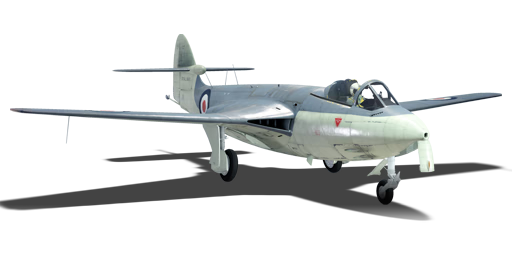


At the tail end of World War II, Hawker Aircraft's design team was working on a way to utilize new jet engine technology. Hawker utilized a modified Sea Fury who would be the basis for their new jet aircraft. Adapting the plane to the new Rolls-Royce Nene turbojet engine required substantial reworking of the aircraft fuselage. Initially, the British Air Ministry showed little interest in the aircraft. Thus later Hawker pitched the idea of the plane to the navy, which was not overly enthused about the project, though ultimately accepted three prototypes due to the long-range potential of these aircraft.
Orders for the Hawker Sea Hawk came about; however, due to its careful designs, it was quickly superseded by other British fighters in development with more advanced features such as the Scimitar and Sea Vixen. In 1956, production was terminated and the aircraft was put up for an evaluation to the export market. Though Australia and Canada tested out the plane, they instead opted for American fighters. Other nations such as Germany, the Netherlands, and India incorporated the Sea Hawk into their navies. Eventually, they saw action in the Suez Crisis and the Indo-Pakistani Wars of 1965 and 1971. India was able to sink over a dozen Pakistani ships without a single Sea Hawk loss.
Introduced in Update 1.87 "Locked On", the Sea Hawk was primarily designed as a ground-pounding aircraft. With an assortment of bombs and rockets in conjunction with its four 20 mm autocannons, this aircraft can make short work of structures and vehicles on the ground. Though the Sea Hawk development did not configure this aircraft to be an interceptor like many of its swept-wing contemporaries, it can nonetheless be a worthy adversary that can seem to pull off the impossible. With straight wings and a slower top speed, this fighter is a bit more manoeuvrable than many of the transonic fighters it will face. Careful usage of the flaps, air brakes, and manoeuvring can cause faster aircraft to overshoot, leaving their tail-ends vulnerable to being chewed off by the Sea Hawk's four 20 mm autocannons. The Sea Hawk should not be counted off as an easy target. In the hands of a capable pilot, they can quickly get behind you and open fire!
flaps
flaps
flaps
brake
| Belt | Belt filling | Armor penetration (mm) at a distance: | |||||
|---|---|---|---|---|---|---|---|
| 10 m | 100 m | 500 m | 1000 m | 1500 m | 2000 m | ||
| HEI/SAP-I/T | 21 | 19 | 14 | 9 | 5 | 4 | |
| AP-T/HEI/SAP-I | 36 | 33 | 24 | 15 | 10 | 7 | |
| SAP-I/HEI/AP-T/HEI/SAP-I | 36 | 33 | 24 | 15 | 10 | 7 | |
| AP-T/HEI/T | 36 | 33 | 24 | 15 | 10 | 7 | |
| AP-T/SAP-I/HEI/AP-T | 36 | 33 | 24 | 15 | 10 | 7 | |
| HEI/SAP-I | 22 | 20 | 14 | 9 | 6 | 4 | |
| Name | Weight | Slot | ||||||||||||
|---|---|---|---|---|---|---|---|---|---|---|---|---|---|---|
| 27.3 kg | 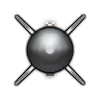 |  |  |  |  |  |  |  |  |  | ||||
| 3 × | 81.8 kg | 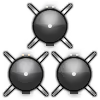 |  |  |  |  |  |  |  |  |  | |||
| 43.1 kg | 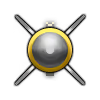 |  |  |  |  |  |  |  | ||||||
| 2 × | 86.2 kg | 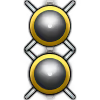 |  |  |  |  |  |  |  | |||||
| 213.1 kg |  |  |  |  | ||||||||||
| 474.4 kg |  |  | ||||||||||||












Flight performance | |
|---|---|
Survivability |
|---|
Weaponry | ||
|---|---|---|